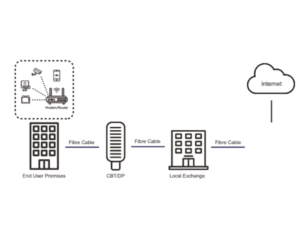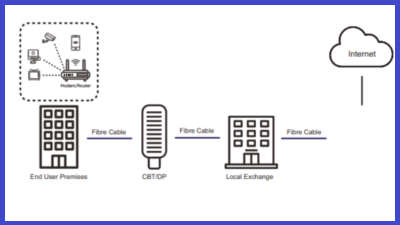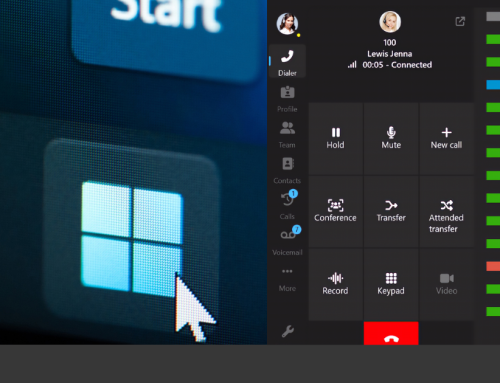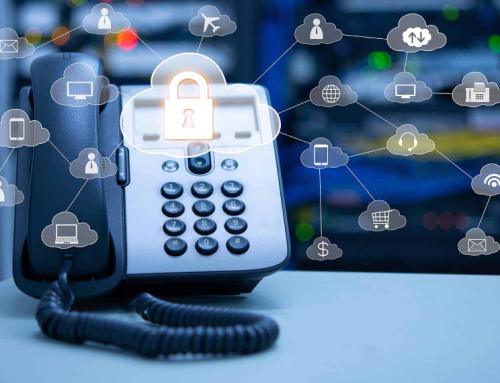What is FTTP?
FTTP stands for Fibre To The Premises.
In summary, it is a full-fibre solution whereby fibre technology is used from the local Exchange to the end user’s premises. Since fibre technology carries data signals using pulses of laser light and by doing so can achieve higher speeds (up to 1 Gbps) with greater stability in comparison to copper-based services, it is not prone to interference or degradation issue and is the recommended service for the fastest and most reliable Broadband connections. The FTTP service is provided as an Ethernet layer connection, configured as a single Virtual Local Area Network (VLAN) and is presented as Ethernet at both ends. Since FTTP does not require a standard telephone line, all other services (VOIP etc.) can be added as over-the-top services. (You can find out more about VOIP from our previous Blogs What are the Benefits of 3cx VoIP System? – Digital Exchange (thedigitalgroup.co.uk)).

FTTP is a Single Order Broadband.
FTTP is a Single Order Broadband service, whereby broadband is the primary service and does not require a telephone line. A VoIP service can be run over the broadband for voice services if required. Single Order Broadband will become the new standard for Broadband supply following the BT switch-off in 2025 and for this reason is recommended for all new customers where available.
FTTP is an asymmetrical service.
FTTP is an asymmetrical service, meaning that the download speed is greater than the upload speed. At the customer’s premises, a modem or wireless router solution provides local network features such as Wi-Fi and acts as the gateway for the customer’s devices to access the internet. FTTP is an always on, reliable, and cost-effective service.
FTTP is available in various packages from the low bandwidth option of 0.5/0.5Mbps upload/download to high bandwidth option of 1,000/115Mbps upload/download. Not every address in the UK can receive FTTP yet but the networks are expanding their reach daily meaning as soon as its available you can place the order and move away from slow broadband services.
FTTP requires an engineer visit to install a new Fibre cable into your premises. The installation time is generally completed with a couple of hours which includes the installation of an external junction box and a ONT (Optical Network Terminal) that is fit inside the house. The engineer will need to drill a small hole that connects these boxes together. You will also need a router, whether that’s one from your ISP or one that you have purchased with the FTTP’s Internet user details and IP address configured, this enables you to connect to the ISP’s network and browse.
Summary
It’s time for you to say goodbye to slow, unreliable broadband services and move to full fibre future proof broadband. If you have FTTP available at your address, we recommend that you make the move now and be part of the full fibre future.
Get in touch with us via our CONTACT US page to see if you can get FTTP at your address and we will come back to you with the results as fast as we can, maybe not as fast as the FTTP service but we will try!
Author Glynn Jackson







